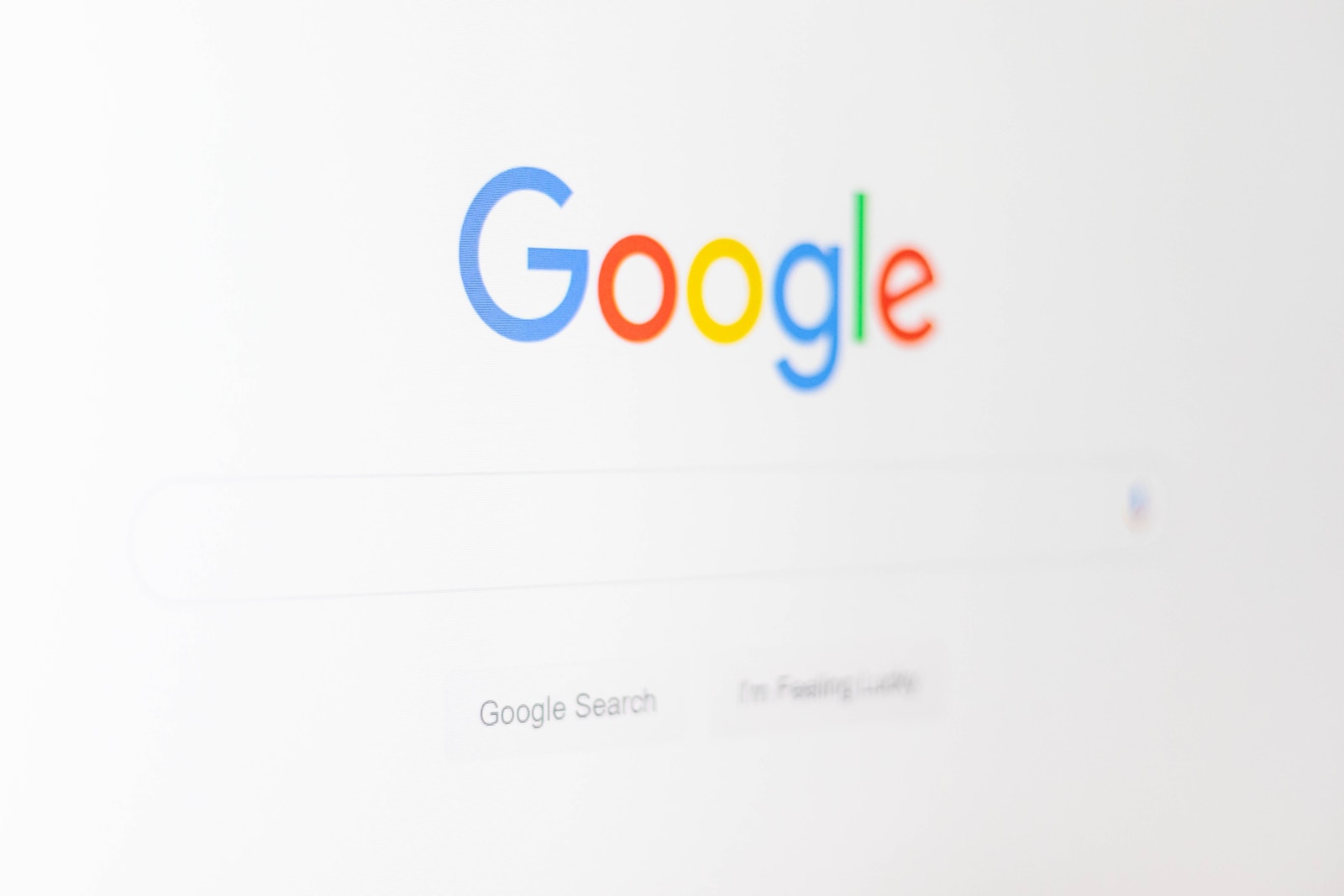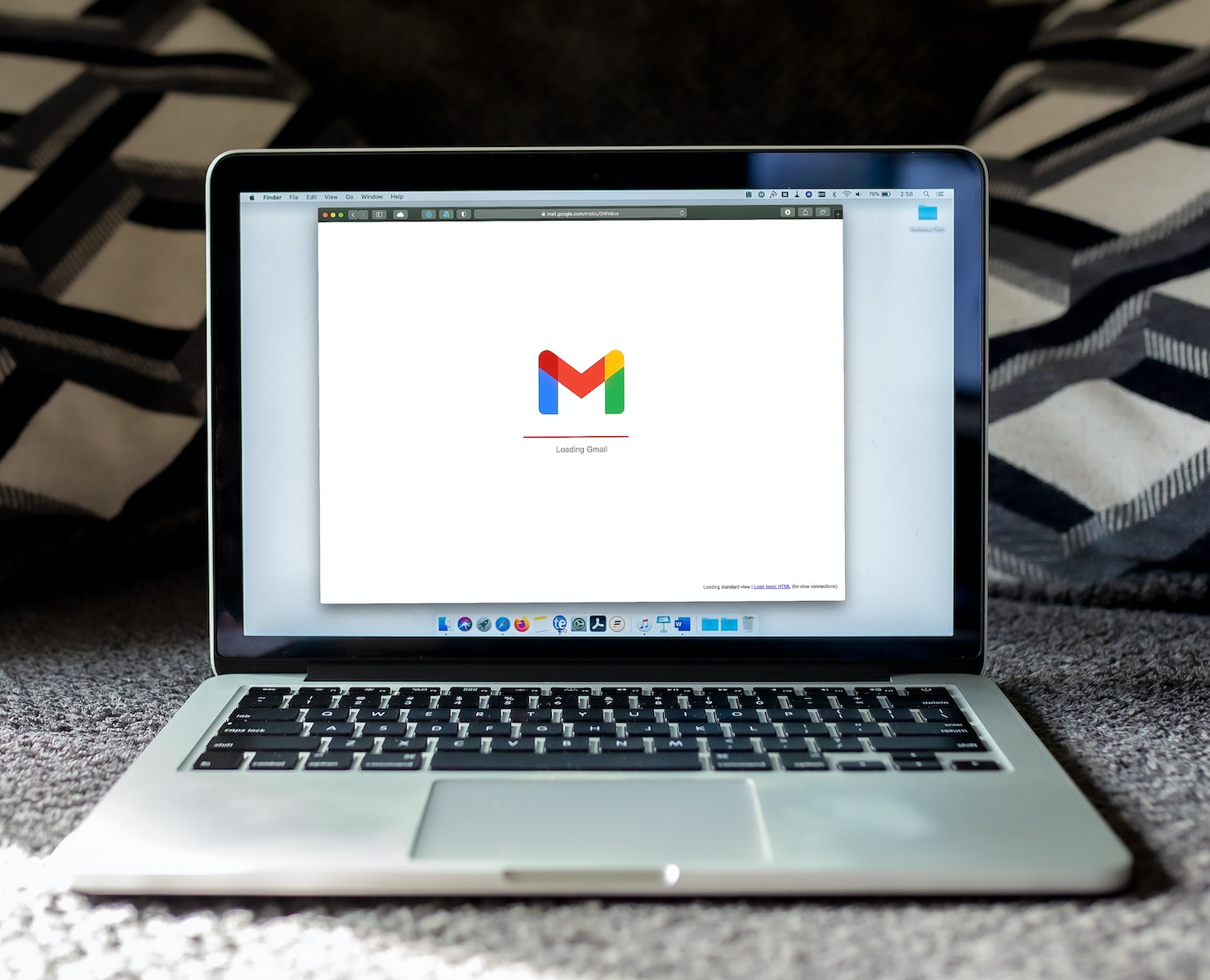When it comes to online advertising, Google Ads is the perfect solution. With over 246 million unique visitors to Google sites every month, there’s clearly no shortage of people to advertise to. However, finding the right people to advertise to can be a challenge. This is where ad targeting comes in. Google Ads offers a range of targeting options that allow advertisers to show their ads to people who are most likely to be interested in their products or services. But with so many targeting options available, it can be hard to know where to start. In this article, we’ll cover Google Ad targeting in depth, covering tips, tricks, and criteria for getting better results.
Google ad targeting overview
Google Ad Targeting is a powerful tool that allows advertisers to reach a specific audience with their advertisements. It works by serving advertisements to people who are most likely to be interested in a product or service based on their interests, behavior and demographics.
When setting up a Google Ads campaign, advertisers can choose from a variety of targeting options, such as location, language, device, audience, and keywords. By using these targeting options, advertisers can ensure their ads reach the right people at the right time, increasing the chances of conversions and sales.
One of the main benefits of Google ad targeting is that it allows for a high degree of personalization. Advertisers can target specific demographics, such as age, gender, and income, or target people who have previously interacted with their website or shown interest in their products. This level of specificity ensures that ads are served to people who are most likely to be interested in the advertised product or service.
In this blog post, we’ll explore the different targeting options available on Google Ads and provide tips and tricks on how to use them effectively. Whether you’re new to Google ad targeting or a seasoned expert, there’s always something new to learn that can help you get better results from your campaigns.
Demographic targeting: how to reach your ideal audience
Demographic targeting is a powerful Google Ads tool that helps you reach your ideal audience. With demographic targeting, you can fine-tune your ad campaigns to target age groups, genders, household incomes, parental statuses, and more.
To get started, analyze your product or service and figure out who your ideal customer is. Consider factors such as age, gender, income, level of education, location and interests. Then use Google’s demographic targeting options to tailor your ads to those specific audiences.
Demographic targeting can also be combined with other targeting criteria, such as keywords and ad placement, to further refine your audience. By using demographic targeting, you can improve the relevance and effectiveness of your ads, which translates to better results and better ROI.
Geographic targeting: reaching the right people in the right place
Location targeting is an essential aspect of Google Ads targeting. This allows you to reach the right audience in the right place, increasing the chances of getting more leads and sales. You can target specific regions, countries, cities, zip codes, or even a radius around a particular location. This is especially useful for local businesses that operate in specific areas or want to focus on specific regions for their marketing campaigns.
When setting up your Google Ads campaign , be sure to select the correct location for your target audience. For example, if you are targeting a local market, it is important to specify the city or region you want to target. This will save you from wasting money and advertising to people who are not likely to become customers.
Along with specifying the target location, you also need to consider the language and demographics of the target audience. Google Ads lets you target specific age groups, genders, and even income levels. This can be especially useful if you’re selling products or services aimed at a specific demographic. By targeting the right audience based on their location, language, and demographics, you can maximize the effectiveness of your Google Ads campaigns and achieve better results.
Device targeting: Make sure your ad is visible on the right device
In today’s digital world, internet users access the internet on different devices such as smartphones, tablets, laptops and desktops. It is therefore important to ensure that your Google ad is visible on the right device for the right customer.
To do this, you can use device targeting, which allows you to select the devices on which your ad will appear. This can help you optimize your ad campaign by showing your ad to customers who are most likely to convert on a specific device.
In conclusion, device targeting is an important aspect of Google ad targeting that can help you reach the right audience on the right device. By understanding your customers’ device preferences and behavior, you can optimize your advertising campaigns for better results and increased conversions.
Keyword targeting: the importance of selecting the right words
Keyword targeting is an essential aspect of any successful Google Ads campaign. By selecting the right keywords, you can ensure that your ads will show to the right audience at the right time. However, it’s not just about selecting keywords, it’s about selecting the right ones.
First, consider the keywords your potential customers may use when searching for your product or service. Keep in mind that these keywords should not only reflect the products or services you offer, but also the intent behind the search.
Second, you want to make sure the keywords you select have high search volume and low competition. This means that many people are searching for these keywords, but few advertisers are bidding on them. This will help you get more exposure and clicks at a lower cost per click (CPC). It is also important to use negative keywords to exclude irrelevant searches.
Overall, selecting the right keywords is critical to the success of your Google Ads campaign. By understanding your target audience and selecting keywords that reflect their intent, drive high search volume, low competition, and using negative keywords to exclude irrelevant searches, you can create an ad targeting strategy. powerful and efficient.
Interest-based targeting: reach people based on their interests and behaviors
Interest targeting is an effective way to reach people based on their interests and behaviors. Interest targeting lets you target people who are interested in specific topics, hobbies, or activities related to your business. This type of targeting allows you to reach the people most likely to engage with your ads and ultimately convert into customers.
One of the best ways to use interest targeting is to create ads that speak directly to your target audience. You can create ads that showcase your products and how they can help people achieve their fitness goals.
Another way to use interest targeting is to create ads tailored to specific behaviors. You can create ads that highlight the benefits of your products and how they can help people have healthy, glowing skin.
Overall, interest targeting is a powerful tool that can help you reach your target audience more effectively. By targeting people based on their interests and behaviors, you can create more relevant and engaging ads, which can lead to higher conversions and better results for your business.
Similar targeting: reach a new audience similar to your existing customers
One of the most effective targeting options in Google Ads is similarity targeting. With this feature, you can reach a new audience similar to your existing customers. This is especially useful if you want to expand your customer base or are launching a new product or service.
To use similar targeting, you must first create a “source audience” for Google to analyze. This can be done by uploading a list of your existing customers’ email addresses or phone numbers, or using data from your website or app.
Once you find a source audience, Google will use machine learning algorithms to analyze the data and find patterns and similarities among your customers. From there, it will create a new audience that shares similar characteristics and behaviors.
You can then use this new audience to target your ads. Be sure to tailor your ad copy and message to this new audience, as they may not know your brand as well as your existing customers.
Overall, similarity targeting is a great way to expand your reach and find new customers who may be interested in your products or services. With the right targeting and messaging, you can use this feature to drive more conversions and grow your business.
Conclusion and next steps
In conclusion, unlocking Google ad targeting can be a game-changer for your advertising efforts. By following the tips, tricks, and criteria we’ve talked about, you’ll be able to create hyper-targeted and effective ads to reach the audience you want.
Remember to begin by understanding your target audience and their behavior. Use this information to create a detailed customer profile and identify the most effective keywords and demographics to reach them.
Then, use Google’s targeting options to refine your audience and experiment with different ad formats and placements to see what works best.
Finally, monitor your campaigns closely and track your results. Use this data to continuously refine your targeting and optimize your ads for optimal results.
With the right approach, Google Ads can be a powerful tool for driving traffic and sales to your website. By taking a strategic approach and focusing on targeting, you can unlock the full potential of this platform and achieve better results for your business. So what are you waiting for? Start optimizing your Google Ads campaigns today and see the difference it can make to your business.
We hope you enjoyed our guide to ad targeting. With the tips, tricks and criteria described in this article, you can exploit the full potential of your Google Ad campaigns and improve your results. Remember that effective targeting is the key to success in Google Ads. So take the time to research, test, and refine your audience criteria to make sure you’re reaching the right people with your ads. Good luck with your next Google Ads campaigns!










